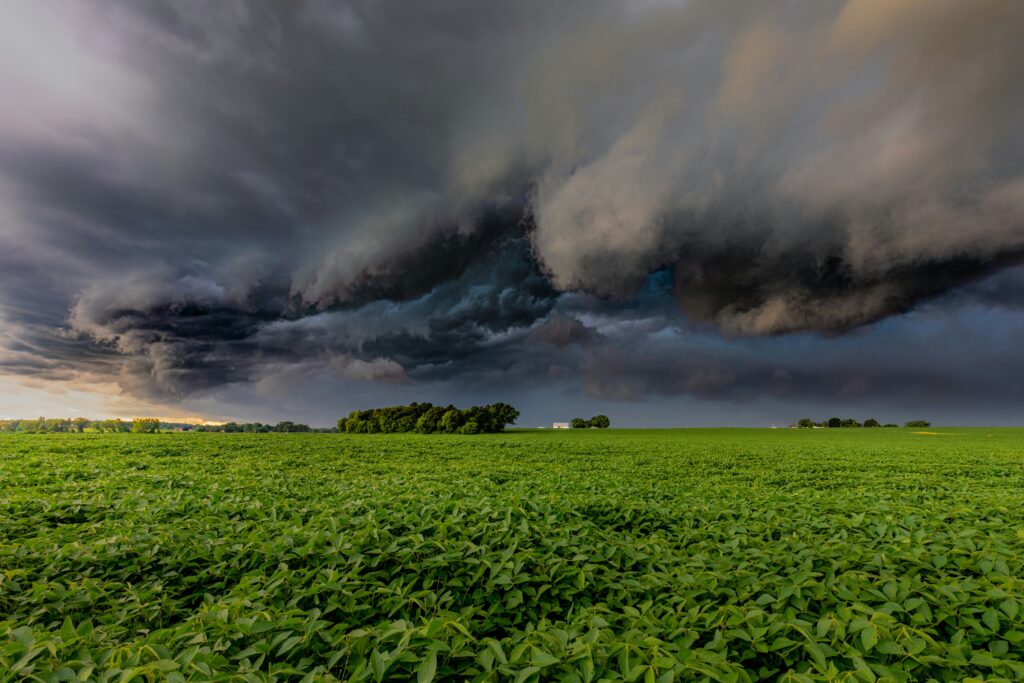
Extreme summer rainfall events are increasing in the U.S., mostly in the upper Midwest and along the East Coast, a new Geophysical Research Letters study finds. Credit: Unsplash/ Dave Hoefler
AGU News
Press registration for AGU’s Annual Meeting is open! AGU24 will be held in Washington, D.C. from 9-13 December. Complimentary registration is available for journalists, journalism students, press officers, and institutional writers covering the meeting. Discounted housing is available through 11 November, but rooms are filling up quickly. [register here][eligibility][AGU24 press center][hotel information]
Featured Research
Extreme rainfall events becoming more common in the US East Coast and Midwest
Extreme rainfall events occur when the amount of rain that falls over 12 hours is only exceeded approximately once every ten years. A new analysis of summer rainfall data from 2003-2023 finds that the number of extreme rainfall events have increased over time, especially at night along the East Coast and in the Midwest. [Geophysical Research Letters study]
Climate change has changed precipitation patterns in North America
The continent’s water cycle has already been dramatically affected by climate change. Northern regions of the U.S. and much of Canada have gotten wetter, the southern U.S. and Mexico have gotten drier and differences between extreme water years have grown, according to new research. The study examined tree rings, weather observations and model simulations to reconstruct annual water cycles from 850 CE to project the water cycle in 2100 CE. [The Ohio State University press release] [Geophysical Research Letters study]
Wildfire smoke spews hundreds of types of microbes into the air
Bacteria found in plumes of wildfire smoke mostly come from burned vegetation and soil, a new study finds. The study was carried out during a controlled burn in an aspen-dominated forest in Utah, launching 403 types of microbes into the air. The researchers estimated that smoke from the controlled burn could contribute approximately 25% of the bacteria found in nearby areas. [JGR Biogeosciences study]
Heatwaves in coral reefs in the South China Sea are getting more frequent, but weaker
The South China Sea has experienced more frequent and drawn-out heatwaves over the last 40 years. New research finds that coral reefs in the South China Sea are experiencing weaker, but more frequent heatwaves, possibly due to a negative feedback loop between the sea surface and clouds. [JGR Oceans study]
Some regions to experience dramatic wetland declines by the end of the century
Wetlands have shrunk by up to 50% globally since 1900. By 2100, wetlands may decrease by an additional 28% in the western Amazon Basin and by 13% on average above 50 degrees North, according to new research. [Earth’s Future study]
Volunteers track Parisian pollution with the help of tree bark
Participants in the Ecorc’Air project are using magnetic particles deposited on tree bark to reveal local traffic pollution patterns. [Eos Research Spotlight] [Community Science study]
###